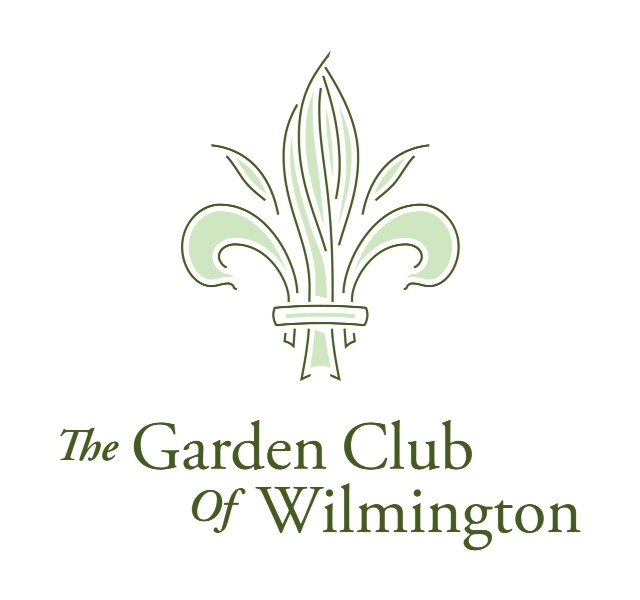The Crowninshield Garden, built as a neoclassical ruin almost a century ago and now a real one was left mostly untouched for more than six decades. It is beginning to stir from its slumber at Hagley Museum. Watch a recent story from CBS News on the garden.
PHS ANNOUNCES THE 2023 GOLD MEDAL PLANT WINNERS
The PHS Gold Medal Plant Program is a resource for anyone looking for the perfect tree, shrub, edible, vine, or perennial plant to add to their garden. Gold Medal Plants have been selected for their ease of cultivation, multiple seasons of interest, commercial availability, appropriateness for the Mid-Atlantic region, and value to wildlife. If you are not already growing them, onsider adding some of these treasures to your plant “wish list”!
INVASIVE SHRUBS - SPOTLIGHT ON MULTIFLORA ROSE
Invasive species can evoke both frustration and terror in the hearts of gardeners. Noxious and obnoxious, these pernicious plants can be caught encroaching into your beloved garden beds, taking territory heedlessly as they go...but fear not, there is a period when these plants are particularly exposed and can be dealt with, and the time is now! This time of year, before most of our deciduous native trees and shrubs leaf out, is an opportune time to spot (and zap!) invasive species in the landscape.
A CAREX FOR EVERY PURPOSE - Mt Cuba's Research Trials
Mt. Cuba Center recently released their Carex Research Report detailing 65 native Mid-Atlantic species and selections. If you’re wondering why Carex and why now—sedges are a large genus—and we are just learning there is a sedge to match every possible need in the landscape. Carex is quickly becoming a garden favorite for designers and homeowners alike. The humble appearance of the grass-like sedges blends well with any garden scheme and provides much needed texture, wildlife food and habitat, erosion control, and winter presence. If you’ve never experimented with sedges before, let this be your sign to give it a try!
